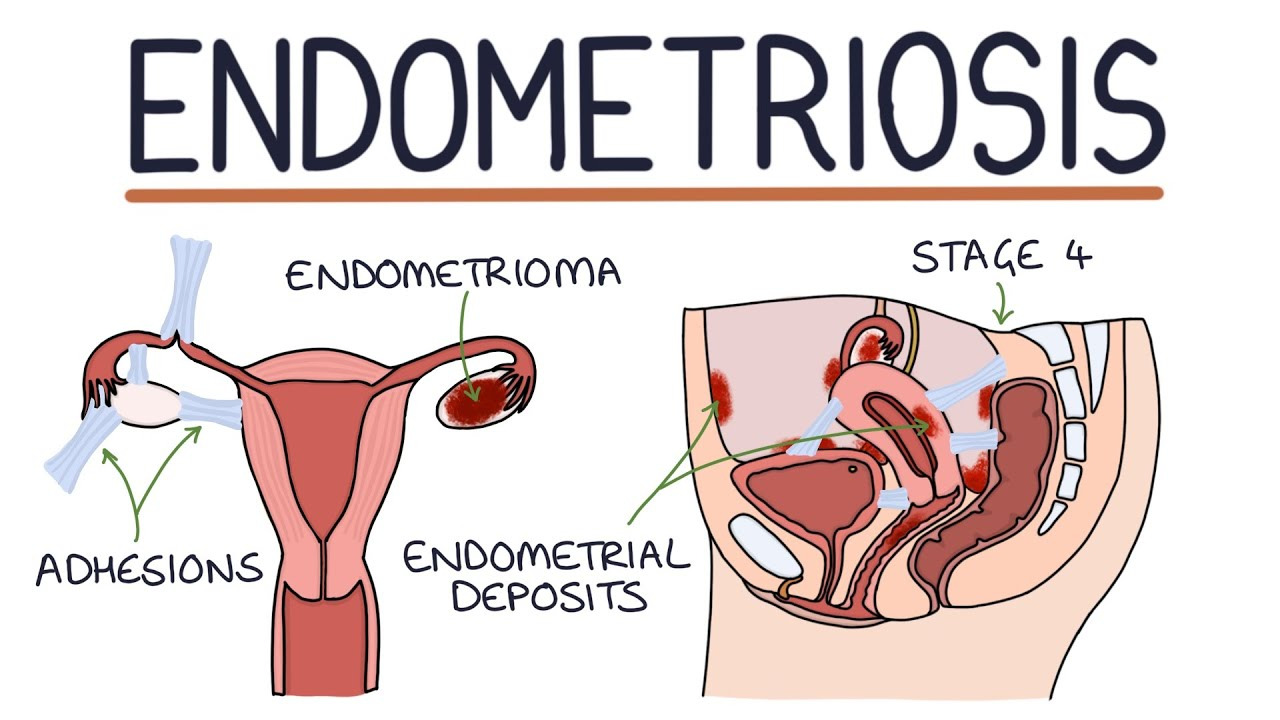Understanding Endometriosis: Symptoms, Diagnosis, and Treatment Options
Endometriosis is a chronic condition that affects women of reproductive age. It occurs when the tissue that lines the uterus, known as the endometrium, grows outside of the uterus, such as on the ovaries, fallopian tubes, or other pelvic organs. This tissue can cause pain, inflammation, and scarring and may lead to fertility problems. Endometriosis is a chronic condition that requires ongoing management. Working closely with your healthcare provider can help you manage symptoms and improve your quality of life.
While there is no cure for endometriosis, there are several treatment options, like S’moo products, available to manage symptoms and improve overall health. Below, we are going to break down everything about endometriosis.
Causes

The exact cause of endometriosis is not known, but there are several theories. One theory is that menstrual blood containing endometrial cells flows back into the fallopian tubes and pelvic cavity during menstruation, where it implants and grows outside the uterus. Another theory is that endometrial cells are transported to other parts of the body through the bloodstream or lymphatic system.
Treatment

Treatment options for endometriosis include pain medication, hormonal therapy, surgery, and lifestyle changes. Pain medication can help manage pain associated with endometriosis. Hormonal therapy can regulate the menstrual cycle and reduce the growth of endometrial tissue. Surgery can remove endometrial tissue and adhesions. Lifestyle changes, such as eating a balanced diet, getting regular exercise, and managing stress, can help reduce symptoms and improve overall health.
It is important to discuss all treatment options with your doctor to determine the best approach for your individual situation.
Risk factors:
Factors that may increase the risk of developing endometriosis include a family history of endometriosis, never giving birth, menstrual cycles shorter than 27 days, menstrual cycles longer than seven days, starting menstruation at an early age, and having a medical condition that affects the normal flow of menstrual blood out of the body.
Symptoms

Endometriosis is a condition where the tissue that normally lines the inside of the uterus grows outside of it, typically in the pelvic area. Some common symptoms of endometriosis include:
Pelvic pain: This is the most common symptom of endometriosis, and it can range from mild to severe. The pain may be experienced during menstruation or at other times of the month.
Painful periods: Women with endometriosis often experience more intense menstrual cramps than those without the condition.
Pain during sex: Pain during sexual intercourse is also a common symptom of endometriosis.
Infertility: Some women with endometriosis may have difficulty getting pregnant.
Fatigue: Many women with endometriosis experience fatigue, particularly during their menstrual cycle.
Painful bowel movements or urination: Endometriosis can cause pain during bowel movements or urination, particularly during menstruation.
It is important to note that some women with endometriosis may not experience any symptoms, and the severity of symptoms can vary from person to person. If you are experiencing any of these symptoms or have concerns about endometriosis, it is important to speak with a healthcare provider.
